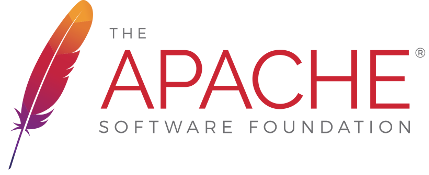
The Report task is the heart of the Apache Rat Ant Task Library, it runs Rat on a given set of resources and generates the report.
The task can work on any Ant resource or resource collection and the usual Ant selectors can be applied to restrict things even further.
Reports can use Rat's internal XML or plain text format or be styled by a custom XSLT stylesheet.
It is possible to define custom matchers for licenses not directly supported by Rat via nested elements to the Report task.
| Name | Description |
| reportFile | Name of the file to write the report to. If ommitted the report will be sent to Ant's logging system instead. |
| format | The format to use for the report. Choices are xml for Rat's XML format, plain for plain text using Rat's built-in stylesheet, styled transforms the XML output using the given stylesheet. The stylesheet nested element must be set as well if this attribute is used. Defaults to plain |
| addDefaultLicenseMatchers | Whether to use Rat's built-in set of license matchers in addition to those specified as nested elements. Boolean, defaults to true. |
| addLicenseHeaders | Whether to add license headers to files that don't have one. Choices are true, false and forced where forced would add a license even if Rat already found one. Boolean, defaults to false. |
| copyrightMessage | If Rat is adding license headers: Sets the optional copyright message. This value is ignored, if no license headers are added. |
The files to be checked by Rat are specified as nested resource (collection)(s), the most basic one would probably be a fileset.
For example the following would check all Java files in the src directory.
<rat:report>
<fileset dir="src" includes="**/*.java"/>
</rat:report>If the format attribute has been set to styled the XSLT stylesheet to apply is specified as a nested resource element. For example
<rat:report format="styled" reportFile="rat-report.html">
...
<stylesheet>
<file file="my/rat-xml-2-html.xslt"/>
</stylesheet>
</rat:report>Any defined Ant type that implements the IHeaderMatcher interface can be used as nested element to provide a matcher to Rat. License matchers are the pieces that make Rat identify the license of a document.
The Ant library already contains types for the built-in license matchers but you can define your own classes for custom matchers.
There are two scenarios where you'd use a nested element to define license matchers to Rat. The more common one would be if you wanted Rat to detect and identify a license that isn't supported out of the box - in this case you will want to write a custom matcher.
The second case would be if you want to only detect a subset of licenses known to Rat for some reason. For example if the only license you want to detect was the Apache License 2.0 you'd first disable the built-in matchers by setting addDefaultLicenseMatchers to false and then explicitly add the built-in asl20 matcher
<rat:report addDefaultLicenseMatchers="false">
<rat:asl20/>
</rat:report>Any defined Ant type that implements the ILicenseFamily interface can be used as nested element to provide a license family as an approved license to Rat.
The Ant library already contains types for the built-in license families but you can define your own classes for custom families. In most cases approvedLicense should be sufficient, though.